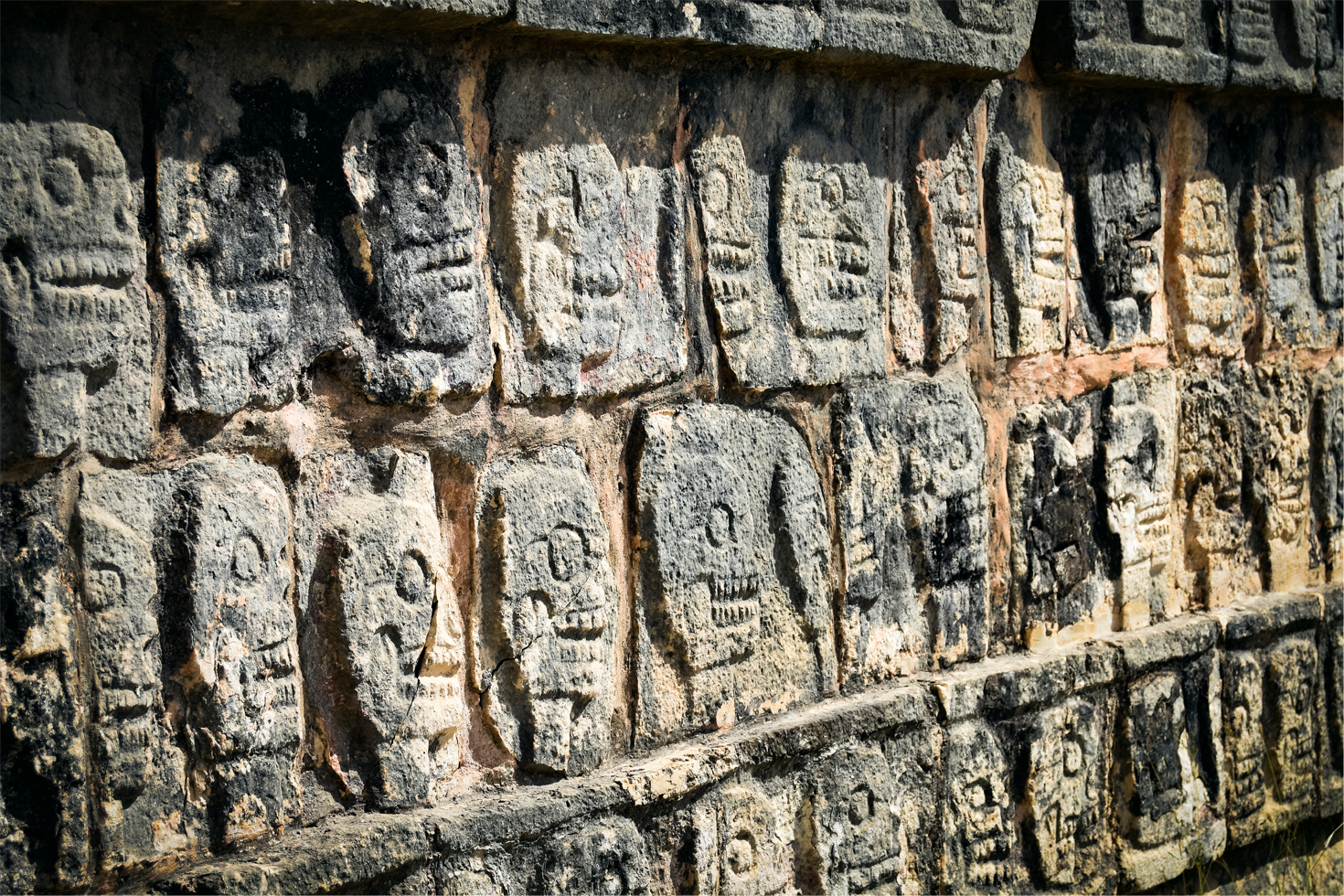A genome study has uncovered evidence of male-twin-sacrifices at the Maya city of Chichén Itzá.
Chichén Itzá was a Maya city and polity that gained regional prominence in Mexico’s Yucatan during the Late Classic and early Terminal Classic periods. At its peak, the city covered around 4 square miles and was home to as many as 35,000 people.
Archaeologists from the National Institute of Anthropology and History (INAH), working in collaboration with several international institutions, have conducted a genetic investigation of the remains of 65 children who were buried in the chultún mortuary complex.
Human sacrifice was part of the ritual life at Chichén Itzá, with a large proportionate being children and adolescents.
The analysis revealed that 64 of the 65 children were actually male, with around ¼ being directly related to each other either through a first- or second-degree familial connection. This is further evidenced by the similarity in their diets, suggesting that many of the children were raised in the same household.
“Most surprisingly, we identified two pairs of identical twins,” says Kathrin Nägele, co-author and group leader at the Max Planck Institute for Evolutionary Anthropology. “We can say this with certainty because our sampling strategy ensured we would not duplicate individuals.”
Twin sacrifice is a central theme in Maya text and myth, such as in the sacred K’iche’ Mayan Book of Council (known as the Popol Vuh), or the Pop Vul which recounts the sacrifice of Hun Hunahpu and Vucub Hunahpu following their defeat in a ballgame.
“The similar ages and diets of the male children, their close genetic relatedness, and the fact that they were interred in the same place for more than 200 years point to the chultún as a post-sacrificial burial site, with the sacrificed individuals having been selected for a specific reason,” says Oana Del Castillo-Chávez, co-author and researcher in the Physical Anthropology Section at the Centro INAH Yucatán.
Header Image Credit : Shutterstock
Sources : INAH





